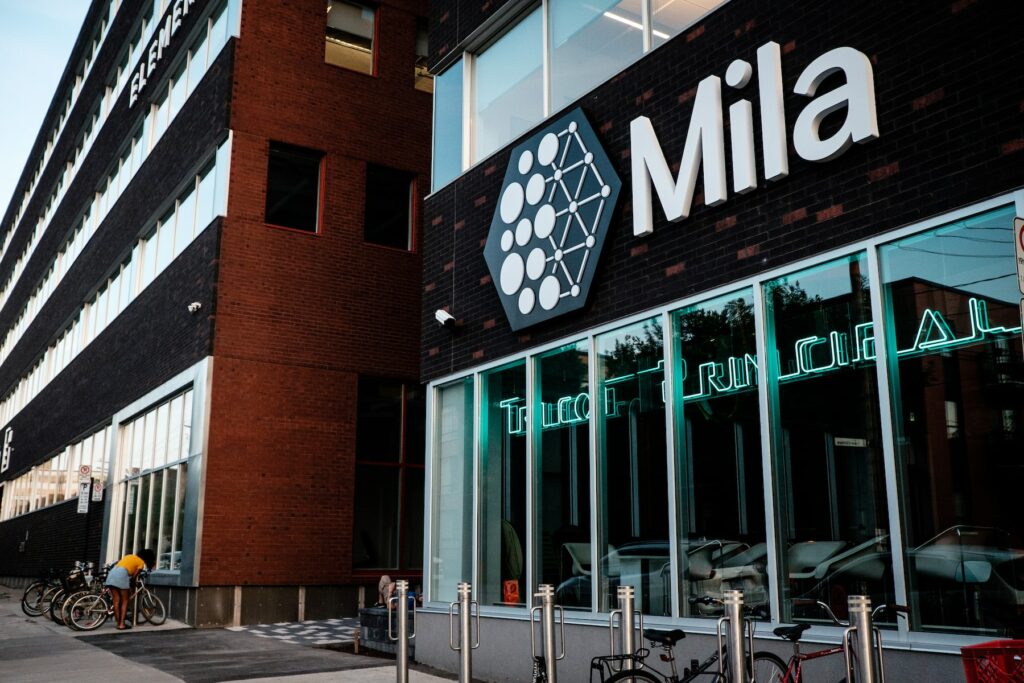![The ‘Giveaway Piggy Back Scam’ In Full Swing [2022]](https://www.cjco.com.au/wp-content/uploads/pexels-nataliya-vaitkevich-7172791-1-scaled-2-683x1024.jpg)

OpenAI’s ChatGPT Assists Researchers in Developing Tomato-Harvesting Robot: Redefining Collaboration in Robotics Design

As Seen On
Introduction
Researchers from TU Delft and EPFL have recently collaborated to explore the potential of OpenAI’s ChatGPT in the robotics design process. Their study aims to understand not only the advantages of leveraging this groundbreaking AI technology but also highlight some of the risks posed by engaging with these intelligent systems. Ultimately, the team aspires to make substantial strides in the field of robotics and redefine the human-AI partnership.
In a fascinating turn of events, the collaboration with ChatGPT led to the conceptualization of an innovative tomato-harvesting robot designed to enhance the global food supply chain. This development highlights the captivating scope of AI involvement in multiple aspects of robotics, as well as embracing these advantages while mitigating potential challenges.
Key Points
Enhancing the Food Supply with a Tomato-Harvesting Robot:
The joint efforts of TU Delft, EPFL researchers, and ChatGPT are centered around creating a robotic solution that addresses the pressing need for efficient and sustainable food supply channels. With the development of a tomato-harvesting robot, these teams hope to make a significant impact on the agricultural landscape.Economically Viable Crop Selection Insights:
During the initial design phase, ChatGPT lent valuable input by identifying economically viable crops fit for automation. This enabled the interdisciplinary team to focus on developing a robot specifically tailored for tomato harvesting, further streamlining the design and implementation process.Practical Suggestions for Robot Components:
ChatGPT also provided insightful suggestions regarding the robot’s construction, such as using silicone or rubber for the gripper and recommending efficient Dynamixel motors for driving the robot. These suggestions allowed the researchers to optimize the robot’s design and performance while controlling development costs.Shifting Roles of Engineers in Robotics Design:
The collaboration with ChatGPT forced a reevaluation of the roles researchers typically occupy in the field of robotics. As engineers spent more time on technical tasks, ChatGPT served as a co-researcher, aiding in the design and implementation processes.Examining Human and AI Cooperation:
An integral aspect of this project was understanding the different degrees of cooperation between humans and Large Language Models (LLMs) like ChatGPT. By evaluating how humans and AI can successfully interact to achieve a desired outcome, the researchers gained a deeper insight into the future of AI-human partnerships.Addressing the Challenges of Misinformation and Bias:
One potential concern in the field of robotics, and more broadly in AI-human collaboration, stems from the inherent risks of misinformation and biases in AI-generated content – since these models are designed to predict the most likely responses based on probability. The research team addressed these concerns by thoroughly evaluating the AI-generated suggestions for feasibility and accuracy.Acknowledging Ethical and Legal Issues:
Moreover, the interdisciplinary team recognized several critical issues that could arise from working with LLMs, such as plagiarism, traceability, and intellectual property concerns. By acknowledging these challenges upfront, researchers can shape future AI collaborations while safeguarding ethical and legal values.Tomato-Harvesting Robot as a Catalyst for Further Research:
The current development of the tomato-harvesting robot offers invaluable learning opportunities and paves the way for further AI-aided research in the field of robotics. The robot serves as a testament to the incredible potential of human-AI collaboration, forging new paths for similar endeavors in the future.
As we venture into uncharted territories, the researchers involved in this landmark study remain dedicated to examining the full extent of AI autonomy in designing robotic systems. The unanswered question remains – how can LLMs like ChatGPT effectively assist robotics designers in the future, while addressing and overcoming the inherent challenges that lie within human-AI collaboration?
The collaboration between TU Delft, EPFL researchers, and OpenAI’s ChatGPT showcases a world of promise in the realm of robotics and artificial intelligence. As we strive to harness the power of these technologies, we must recognize the ongoing need to address potential complications and refine the relationship between humans and AI, shaping a visionary and sustainable future for all.
Casey Jones
Up until working with Casey, we had only had poor to mediocre experiences outsourcing work to agencies. Casey & the team at CJ&CO are the exception to the rule.
Communication was beyond great, his understanding of our vision was phenomenal, and instead of needing babysitting like the other agencies we worked with, he was not only completely dependable but also gave us sound suggestions on how to get better results, at the risk of us not needing him for the initial job we requested (absolute gem).
This has truly been the first time we worked with someone outside of our business that quickly grasped our vision, and that I could completely forget about and would still deliver above expectations.
I honestly can't wait to work in many more projects together!
Disclaimer
*The information this blog provides is for general informational purposes only and is not intended as financial or professional advice. The information may not reflect current developments and may be changed or updated without notice. Any opinions expressed on this blog are the author’s own and do not necessarily reflect the views of the author’s employer or any other organization. You should not act or rely on any information contained in this blog without first seeking the advice of a professional. No representation or warranty, express or implied, is made as to the accuracy or completeness of the information contained in this blog. The author and affiliated parties assume no liability for any errors or omissions.

